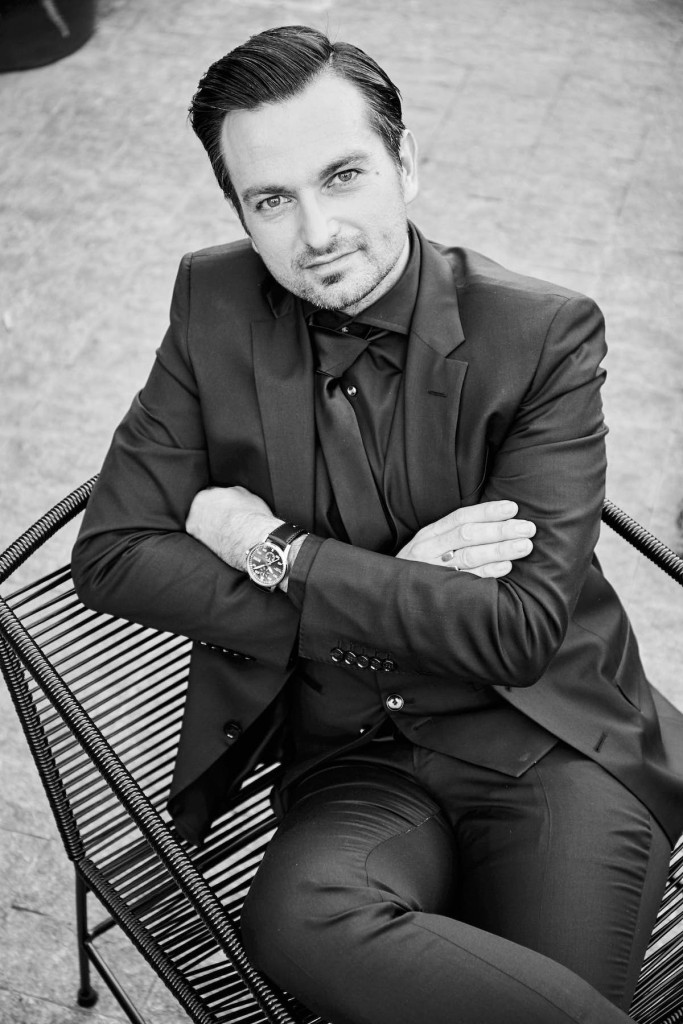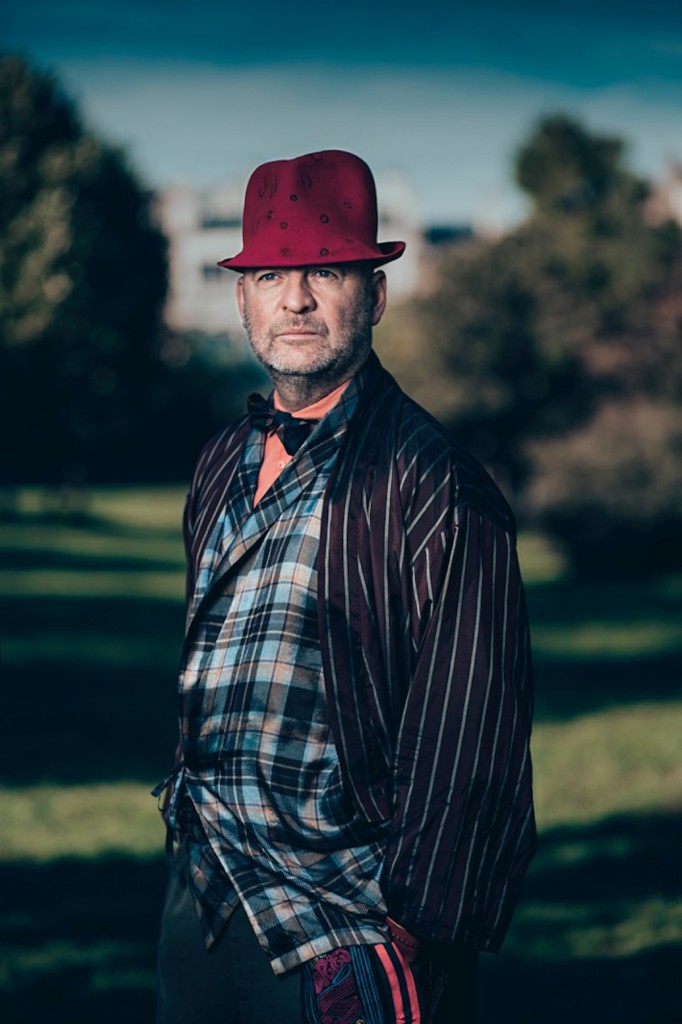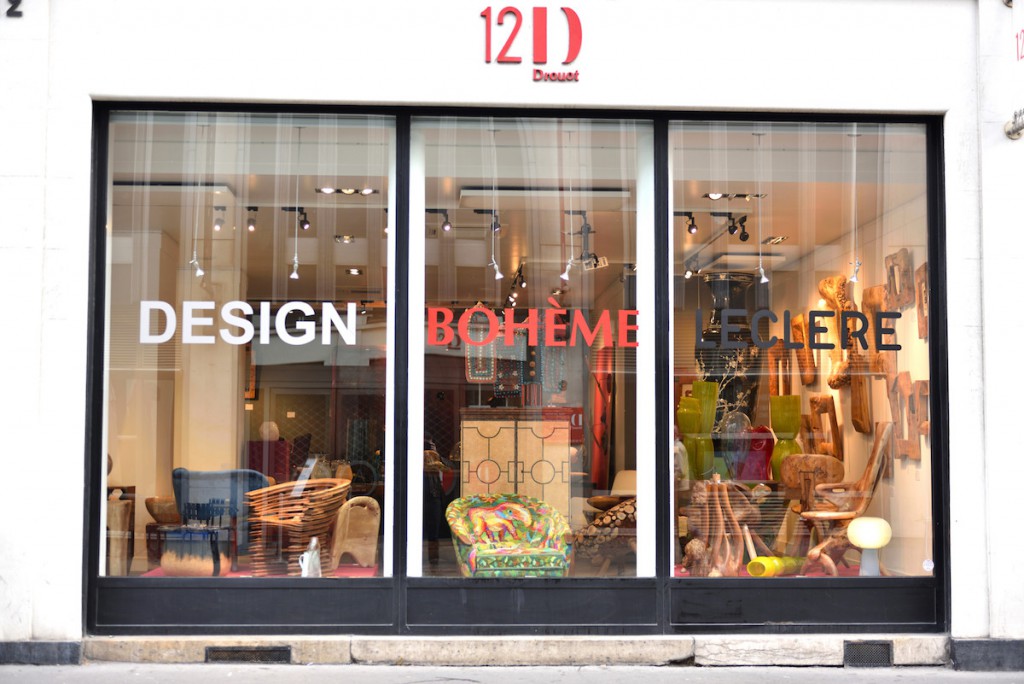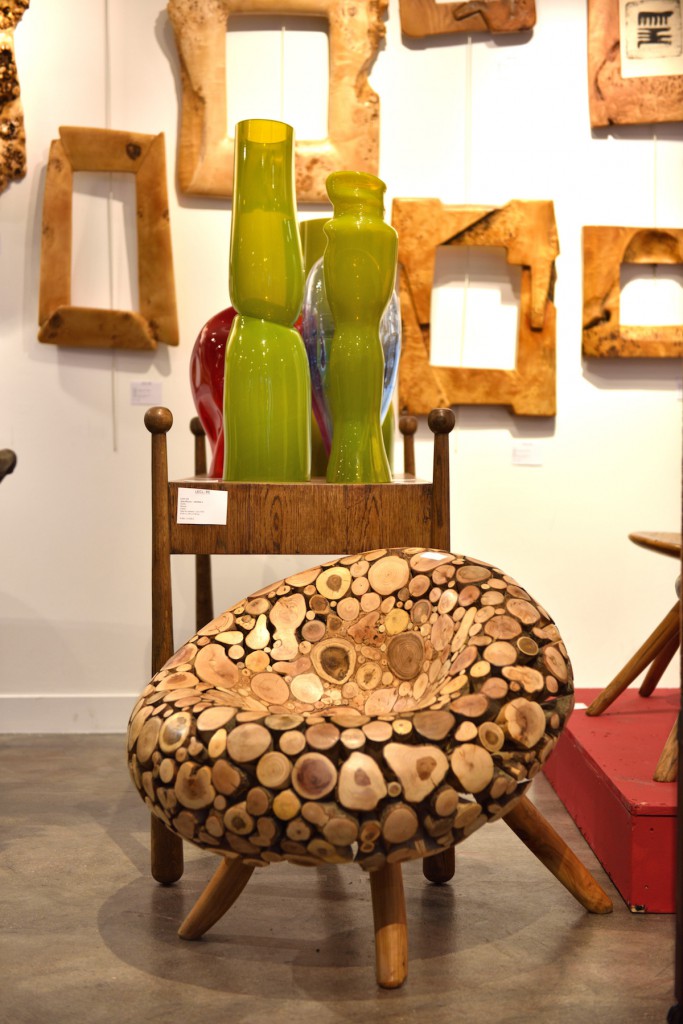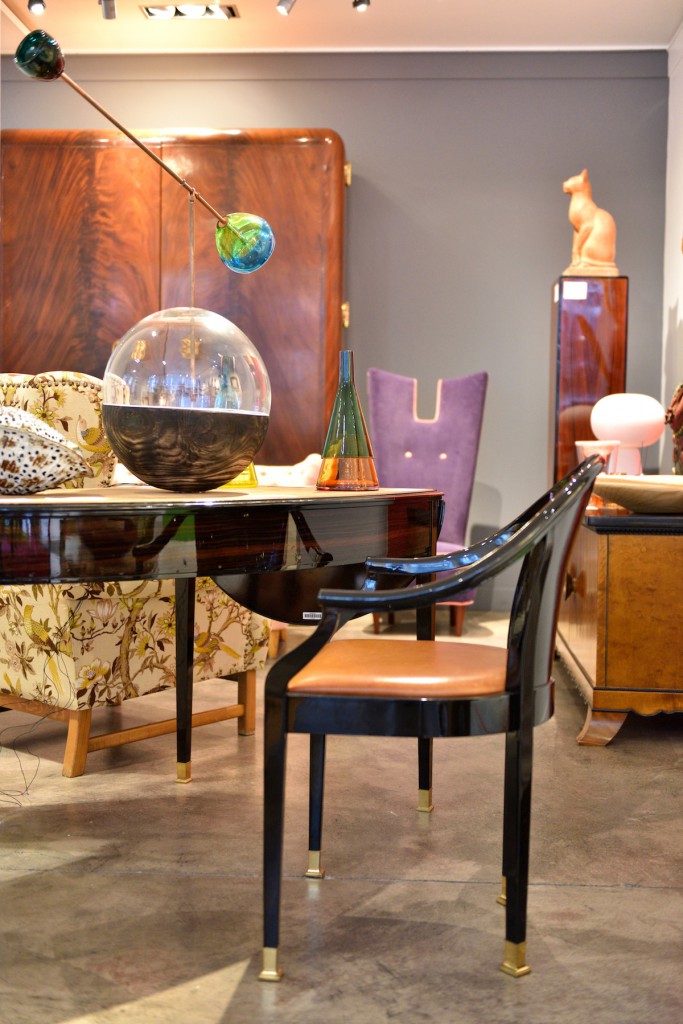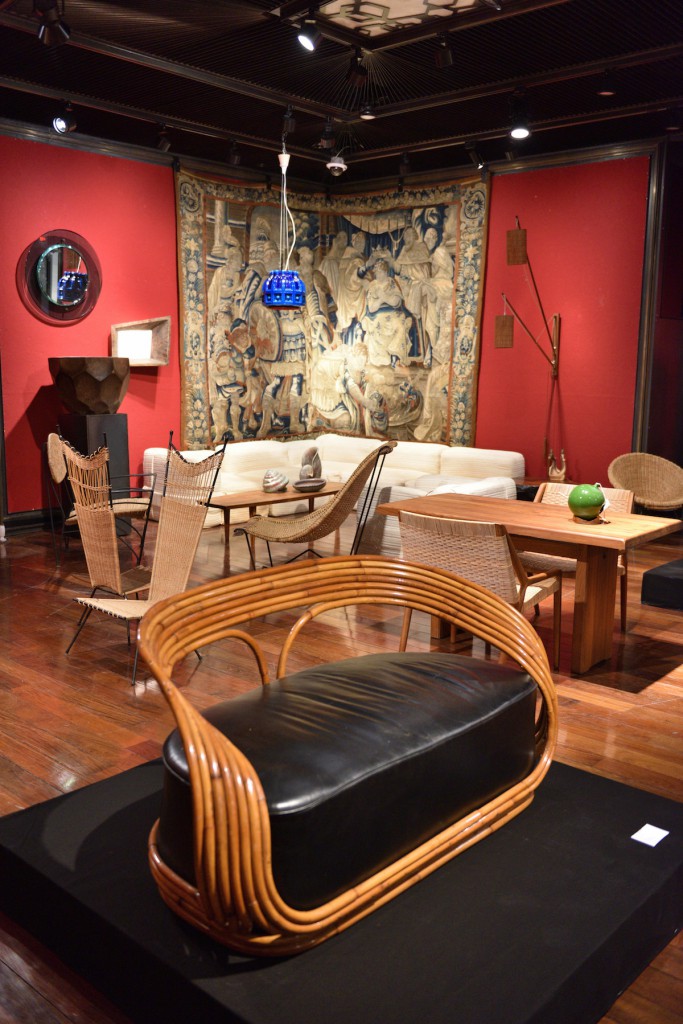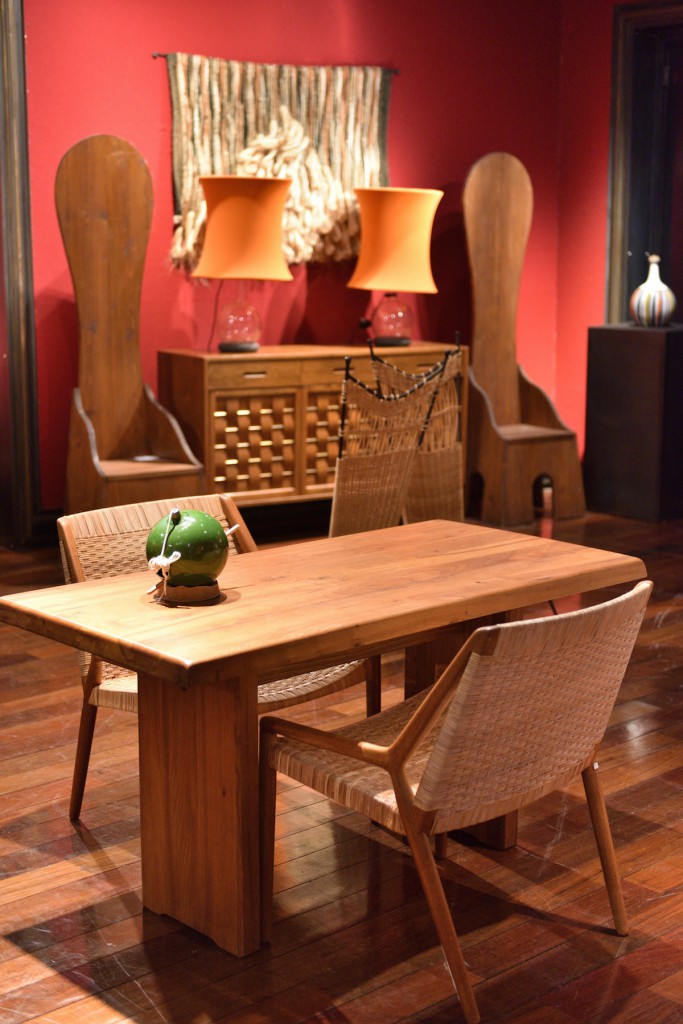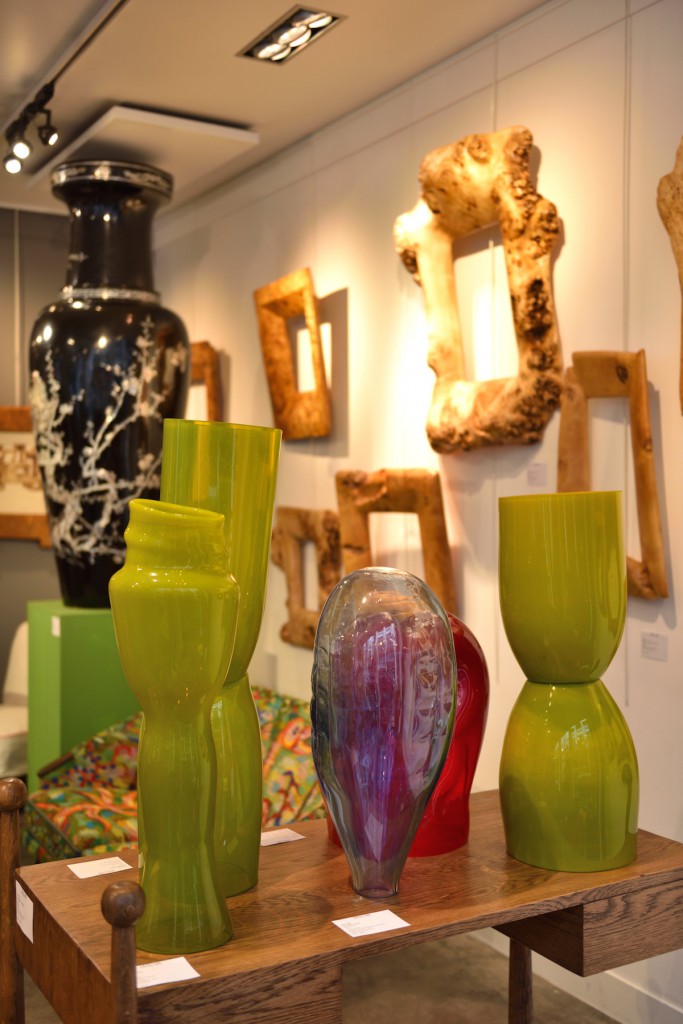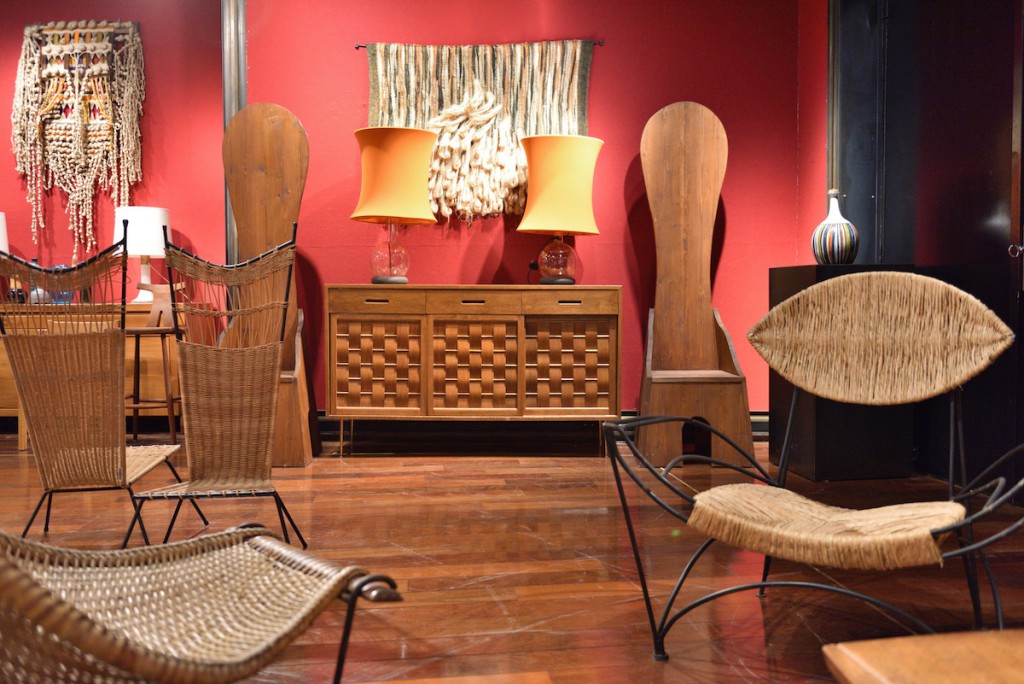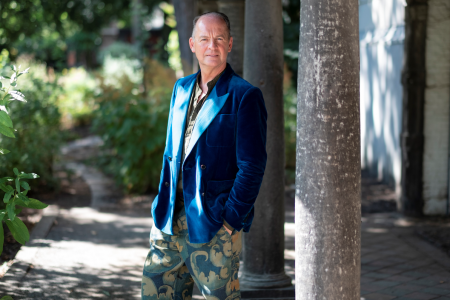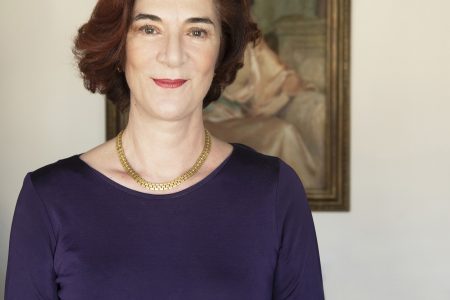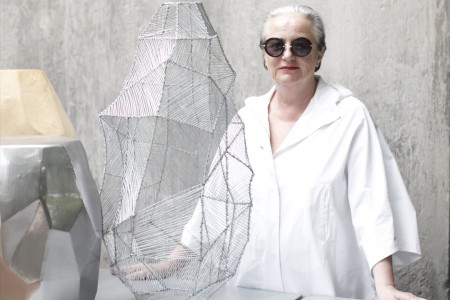A New Bohème Auction Style at Leclere
Bohème reflects the contemporary vision of Leclere, mixing and matching all kind of materials, prints and patterns, with no decorative codes nor chronological order.
[This auction is taking place on Monday 20 November at 14:00 at Leclere – Maison de ventes at Drouot in Paris]
Bohème reflects the contemporary vision of Leclere, of mixing and matching all kind of materials, prints and patterns, without taking into account the question of classical taste, nor any decorative codes or chronological order. Under the art direction of François Epin, who previously curated auctions at Pierre Bergé in Brussels/Paris and at Piasa, the Bohème that he shares with us has its own singular profile between Shabby Chic and New Gentleman. That’s thanks to Gert Voorjans, who is certainly one of the most eclectic interior architects around – renowned from Belgium to the world for his multiple collaborations with Dries Van Noten and recently named by the New York Times as the Icon of Creative Freedom.
Let’s enter into this nomad caravan with François Epin and Gert Voorjans, a world full of colours, preciousness and craftsmanship of all kinds. It’s maybe the essence of ourselves to sometimes let the imagination go in the direction it wants —and TLmag has always been fascinated by this dialogue between cultures.
TLmag: How would you define bohemia (la bohème) in your own contemporary lifestyle and attitude?
François Epin : I am looking for more simplicity, the basics, nature, craft and the quality of everything handmade. I also like to travel to avoid the crowd, and feel more cosiness in a larger landscape. This is my quest for more freedom.
Gert Voorjans : To me, Bohemia evoques traveling, different cultures meeting and above all joie de vivre. The bohemian attitude is an invitation to a journey where colors, motifs, techniques and crafts meet, as well as they mix and match.
TLmag: Does Bohemia reflect a desire for objects with new eclectic sources of inspiration?
FE: Definitively. Eclecticism is an openminded value, multicultural and closely connected to human curiosity. I want to get rid of the snobbery of considering only a few references in art history and in decorative arts.
GV: I translated the richness and singularity of the particularly precious universe of Bohemia into a scenography where objects of various styles are mixed somewhere between refinement and simplicity.
TLmag: From your point of view, how do the colours chosen for this auction —in collaboration with l’atelier Mériguet-Carrère — impact on the scenography and the collectors’s mindset?
FE: Well, we wanted to introduce colours for several reasons. First of all, it gives the feeling of an interior setting. Then, Bohème sounds quite colourful, and we wanted to reflect this energy in the catalogue, so we mixed green, beige, blue, purple and red!
GV: Out of the Mériguet-Carrère colour palette I opted for the colours that I found most reminiscent to Bohemia. There’s Platane, a kind of osmosis between earth and plants. It’s a colour that reflects 60s decor very well. Pourpre cardinal is a shade between carmine, purple and cochenille — it’s the colour of the robes of the cardinals in the Catholic church, and also very present in the fashion scene as a statement of elegance. With Ciel bleu, I noticed that the molecules in the air that hold the atmosphere disseminate the shortest wavelengths of sunlight, giving the sky its blue colour, so it’s a shade that represents freedom. In the case of the Albers shade, nobody was able to pair colours like the German artist Josef Albers; I consider his work the foundation of one of the most influential art educational programs of the 20th century. And with Lhassa, it’s the red present in the frontal elevation of the Potala Palace in Tibet. It’s a bold colour, a synonym for intellectual power and spirituality.
TLmag: Have you followed some principles in this auction’s mise-en-scène that you have been implementing while creating the interiors of Dries Van Noten’s boutiques, like the ones in Antwerp and Paris?
GV: I wanted to create a mise-en-scène that was richly layered, suffused with colours. The rooms had to become completely themselves whilst having a teasing, alluring quality that continually fascinates. Stepping inside the spaces, I wanted the visitors to feel inspired. The doorways had to take them to spaces where boundaries were both clear yet blurred.
TLmag: What would you recommend to a collector as curator if you had to compose for him an ideal interior in line with this Bohemian look and feel?
FE: Under the title of Bohème we have defined two different styles. One is the Haute Bohemians, which can be summed up as a mix of antiques and travel souvenirs; the other is Gypset, a contraction of the words Gypsy and Jet-set that defines a style of love, combining the authenticity of pieces from all over the world with the creations of big names. Gert would be a great advisor for the Haute Bohemians, while I would rather advise the Gypsetters. I would encourage them to buy 1940s Otto Schultz pieces of furniture and mix them with bamboo or rattan armchairs. I would pick natural or pastel colours, especially for the ceramics of Gambone or Lampecco. I would hang a tapestry, which is now back on the trend. And I would not forget to welcome organic designs, like the pieces made by the Spanish carpenter-sculptor Carlos Armiño.
The auction Bohème/Bohemia runs on Monday, November 20, 2017 at 14:00
CATALOGUE: Here and here
Address: 9 Rue Drouot, F-75009 Paris
Auctioneers: Damien Leclere & Delphine Martin-Orts
Art director: François Epin
Scenographer: Gert Voorjans
